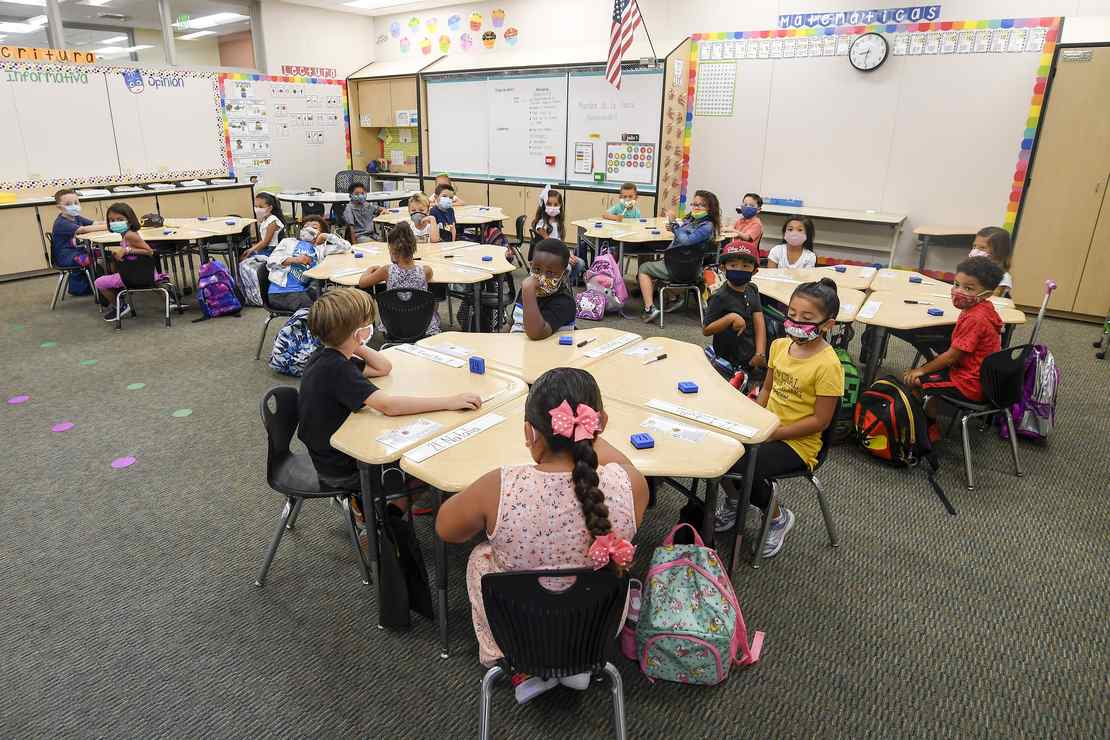School districts across America have mostly remained open during the surge in positive virus tests, but parents appear reluctant to allow their kids to attend in-person classes. This has led to a situation where classes are almost one-third empty while teachers try to decide how best to proceed knowing that many children will simply never be able to catch up.
Although most teachers have not set up formal remote instruction, many have set up a camera in the rear of the classroom so that absent students can access the lesson. Other districts, like Boston city schools, give students access to an online tutor to keep pace.
But the reality is that too many students are falling through the cracks. If they’re not in class — and statistics show that a little more than 70% of classrooms are full — the fear is growing that a sizable number of kids will fall hopelessly behind and lose interest in education.
Heather Hill, a professor at Harvard University’s Graduate School of Education, said some teachers she knows around the U.S. are teaching new material despite high absenteeism, though more slowly than usual. Some teachers are trying to keep absent students up to speed by holding after-school Zoom calls or having students in class stream video to their peers at home. Others have set up a camera in the back of their classroom, she said.
“As a teacher, it really makes it hard because you’ve got to think about who has what content, who needs what content, what you need to do to make sure kids catch up,” Ms. Hill said.
Research shows students’ standardized test scores suffer with each additional absence, she said. An average student with 10 absences during the school year would be expected to score about 3 percentile points lower than an average student who missed no school, she said.
That’s only the obvious drawback to remote education. Unquantifiable is the deleterious effect on a child’s social development, especially in the seven to twelve-year-old age group. Primary school-age children learn how to interact with other children during that age period and vital social skills are acquired.
A significant number of children will be unprepared to enter the teen years and high school.
In Chicago, about two-thirds of public school students were present Jan. 3, the first day after winter break, rising to 72% the next day. That was the last school day before a multiday shutdown that is set to end Wednesday with a return to in-person instruction. By comparison, attendance was about 85% during the last week of school before winter break and historically has been above 90%, according to the school district.
Chicago resident Davene Davis kept her 11-year-old son, Daniel, home the first day after winter break so he could get a Covid-19 test. But she said that being in school benefits his physical and mental health and that he is a diligent mask wearer, so she sent him to school the next day.
It may be years before the damage done by school closings and lockdowns becomes known. Until then, parents can continue to do their best to minimize any negative effects by trying to fill the gaps in education left by teachers unable or unwilling to teach.
